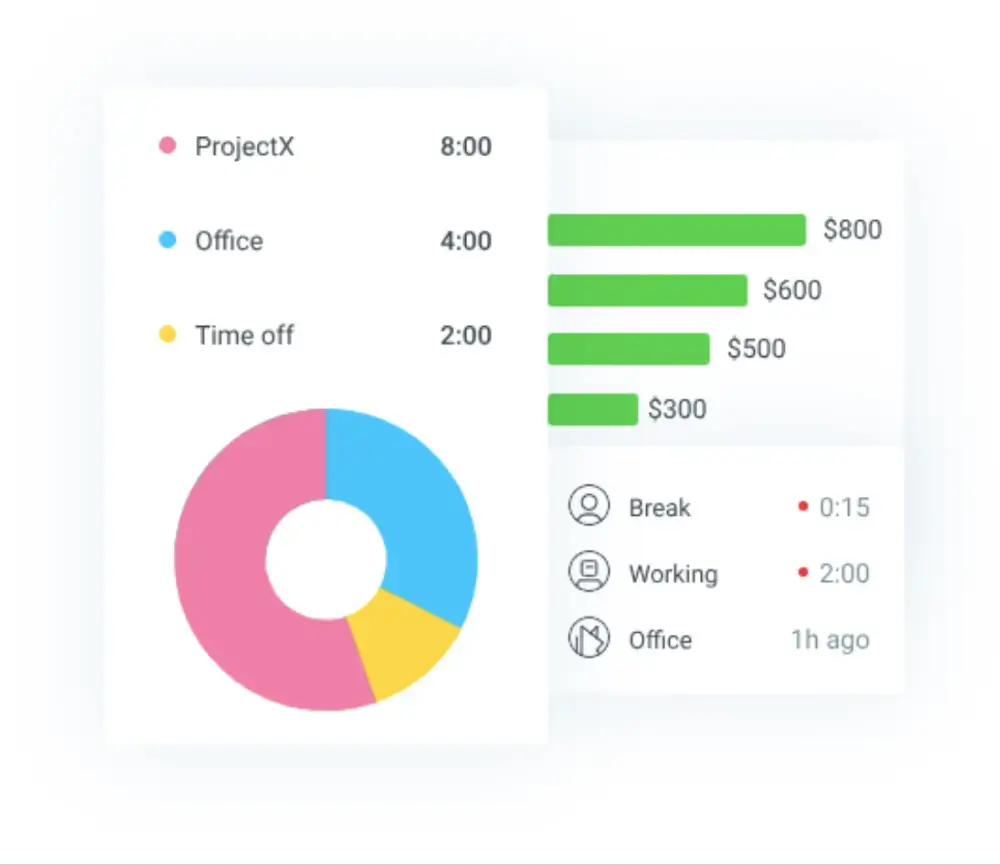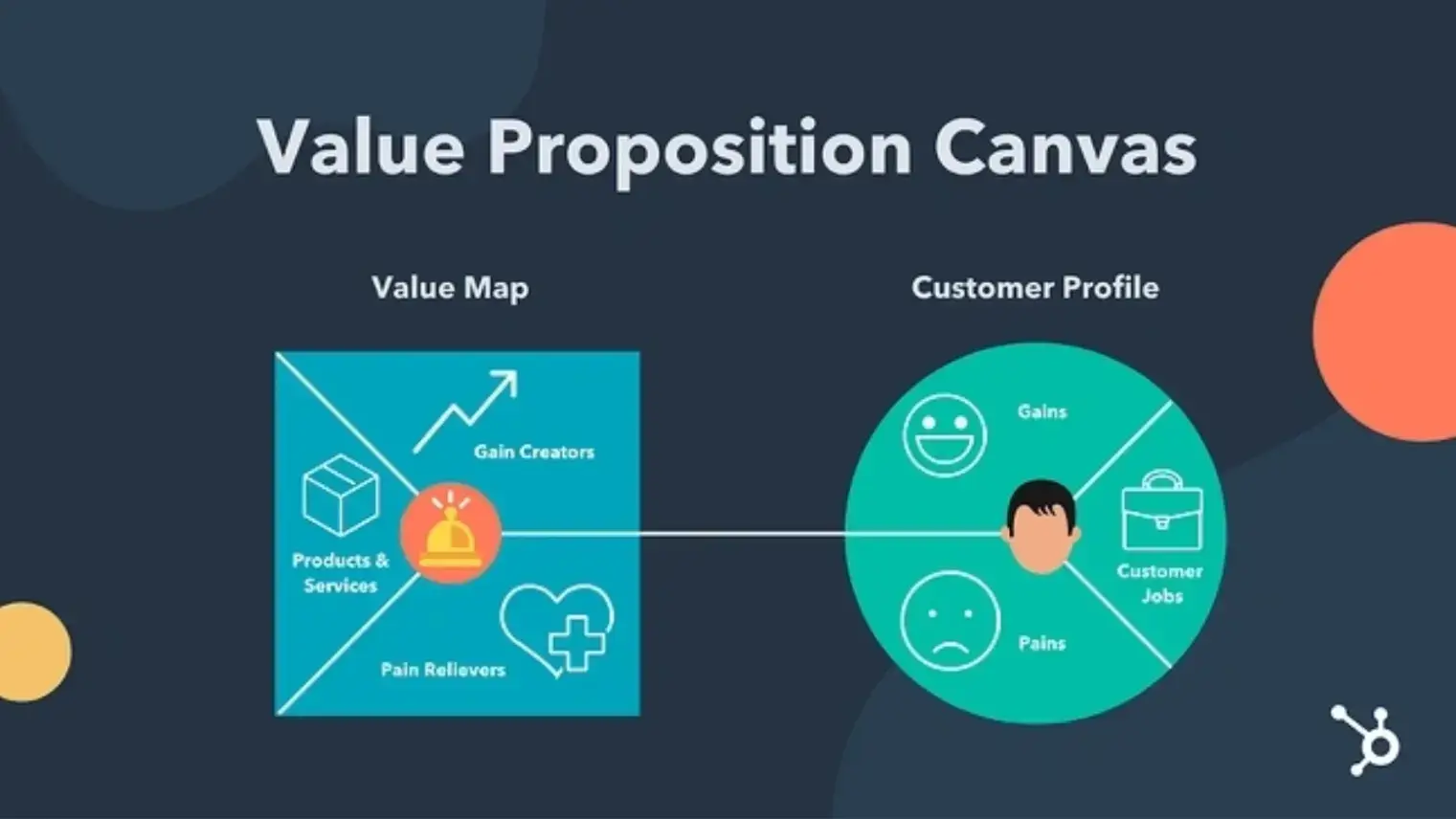Whether you’re a new business or you’re considering changing your prices, finding the right price point is crucial. Effective pricing can determine whether you turn a profit or not.
But how do you determine how much to charge for a service, especially with so many pricing models to choose from?
In this post, we’ll explain everything you need to know about pricing your service, from calculating your costs to assessing the market.
Skip to:
- Importance of Pricing Services Properly
- Calculate Your Direct and Indirect Costs
- Assess Your Market
- Pricing Strategies to Consider

Free to use image sourced from Unsplash
Importance of Pricing Services Properly
Setting prices for a service is trickier than product pricing. Instead of paying for the value of your product, customers are paying for time and experience—and that’s harder to put a figure on. But don’t worry; you can use some of the same guidelines.
For example, your pricing strategy should take into account:
- Costs of running the business
- Target market analysis
- Perceived value to customers
- Comparison with competitors
- Your brand image and market share.
Why is it so important to find the best price for your services?
Your pricing structure impacts your bottom line and your brand reputation. The right pricing helps you to stay competitive, not necessarily by undercutting your rivals but by offering fairer prices and better value.
Crafting an effective marketing strategy alongside your pricing decisions can further enhance your brand's visibility and positioning in the market, ensuring that your target audience understands the value you provide.
You must also ensure you get the returns you deserve for your hard work.
You can charge more if the service requires specialist training or licensing. If you’re the only local company providing a particular service, you’ll be in demand and can set prices accordingly.
Business owners must also decide whether to charge per hour or project. This may depend on your industry—lawyers or physiotherapists typically offer hourly rates, while a website designer might charge a fixed fee.
Both have pros and cons, and you’ll need time management software to monitor how long you spend on each job.

Hourly pricing works when you’re unsure how long a job will take, but cost-savvy customers may prefer flat-rate or tiered pricing. A one-size-fits-all price won’t work if your service is bespoke.
However, charging a different price for every job can be hard to figure out.
Once you’ve set a price, there’s still work to do. As your costs rise over time, you’ll need to make adjustments—otherwise, your profits will take a hit. You can also amend prices in line with updated business goals.
So, how do you price your work in the service industry? Let’s find out.
Calculate Your Direct and Indirect Costs
Direct costs are expenses that directly contribute to providing your service, while indirect costs cover the day-to-day running of your business.
-
Cover material costs
Service businesses don’t have production costs, but material costs cover any goods you use to provide the service. For example, if you offer household repairs, material costs include tools, paint, and spare parts.
If you make jewelry, it’s the cost of beads, metal wire, and tools.
These costs can fluctuate if you need different materials for each job. For example, a cleaning business would need more supplies to clean large premises than a small apartment.
-
Include staffing expenses
You also have to factor in the cost of labor.
Services like cleaning or lawn care are usually charged per hours of labor (plus material costs).
But if you’re an auto repair firm with full-time mechanics, you need to add a suitable proportion of their wages to your prices.
Keeping track of hours worked and wages earned, including retroactive pay arrangements, is vital.
A workforce management solution can help you do this easily, automatically tracking your team’s hours and sending you real-time data.

Free to use image sourced from Pexels
-
Keep tabs on tech and utility costs
Tech costs include computers, servers, cell phones, and any software used in running your business—such as tools for accounting, communication, design, web hosting, or integrated payment systems.
You may pay service charges for fraud prevention systems such as positive pay (what is positive pay?). A reasonable percentage of these should be included for each project.
Monitoring tech and utility costs is crucial for modern businesses.
While initial investments may seem high, they often lead to long-term savings.
It's vital to regularly assess the value of subscription services like content management systems, which streamline workflows and boost productivity. By staying vigilant and adjusting as needed, businesses can make strategic investments that align with their goals and optimize operational efficiency.
Utilities like electricity, fuel, telephone lines, and internet connection are part of your overhead costs, along with rent and office furniture. Calculate the proportion of household bills spent on work activities if your workplace is also your own home.
-
Consider sales commissions
Depending on your business model, you may employ salespeople who are paid on a commission basis.
For instance, in many real estate businesses, the commission percentage gets lower the longer the property sale takes. This gives agents an incentive to speed up conversions.
If you offer commission, you need to factor this into your costs so that a prolific salesperson doesn’t actually damage your profits! It’s best to create a commission structure to plan for these extra payouts.
Assess Your Market
The other critical factor in finding a competitive price is your target market. You need to figure out who your service is aimed at and what your competitors are offering.
-
Define your value proposition

Firstly, you need a sound understanding of your service. What do you offer, and why should people pay for it? Think about the features, benefits, and USP. How does it stand out in a competitive market?
Consider how your service will add value to customers’ lives. Is it a necessity, like roof repairs, or a luxury, like eyelash tinting?
-
Analyze your target audience
Price-setting involves knowing your target audience inside out.
Research how potential customers perceive your business and what they’d be willing to pay.
Look at the demographics (including disposable income) and data from your CRM on customer preferences and previous purchases.
You could also conduct surveys and focus groups, and scrape Google Shopping product information or use tools like Google Shopping or call center analytics to determine what people are willing to pay for similar services.
-
Research competition
It’s not a good idea to base your prices purely on competitor pricing, but you need to understand market prices and know what other companies charge for similar services.
Let’s say you’re a freelance videographer.
Look at professional video websites and social media platforms from other content producers in your area. Speak to people who have used their services or call the company to ask for pricing.
Find out exactly what they’re offering for the money.
If your service costs more, you can justify the higher price with better quality, more features and add-ons, or superior customer support, such as a remote desktop manager for technical queries.

Free to use image sourced from Unsplash
-
Look into seasonal pricing
Some services lend themselves to seasonal pricing.
For instance, if your small business offers a landscaping service and you’re inundated with customers in spring, you’ll be able to charge more due to increased demand.
When this demand drops in winter, you might offer a special price to attract customers. Consumers are aware of this strategy and are often willing to pay more for an in-demand product or service.
Pricing Strategies to Consider
Apart from figuring out your costs and analyzing the market, you must choose the most suitable pricing strategy for your business. Here are some common pricing models:
-
Cost-plus pricing
This strategy involves adding a markup to your prices, which ensures that you not only cover your costs but also make a profit.
Markup = (price of service - costs) / costs x 100
So, if you charge $100 and your costs are $50, that’s (100 - 50) / 50 x 100. In our example, the markup is 100% (you’re selling the service for double the cost of providing it).
Profit margin = (price of service - costs) / price of service x 100%
Here, your profit margin is 50%, so you earn a gross profit of 50¢ for every dollar you make.
If you're in a specialized service industry, such as septic system maintenance, understanding profit margins in the septic tank business is essential to set sustainable pricing and ensure long-term viability.
How much should I mark up my services? That depends on how much profit is required to sustain your business. You should also consider industry standards, competitor pricing, and customer demographics.
If costs go up, or you decide you want to make more profit, you’ll need to raise your markup.
-
Value-based pricing
With this strategy, you base your service prices on customers' perceived value.
Most people are happy to pay a fair price for a good experience, so you’ll need to focus on quality and expertise. You’ll also need to conduct consumer research, especially if you have a large customer base.
If your business offers something unique or provides luxury services, you should be able to command a high price. If you’re in demand, this tells others the service is desirable.
However, if customers regularly comment on your “great value”, perhaps the prices are too low!

Free to use image sourced from Pexels
-
Competitive pricing
Competitive pricing involves a business adjusting its prices based on those of its competitors, typically when multiple companies offer similar services.
Common techniques include setting lower prices, price matching, and penetration pricing (using a relatively low initial price to entice new customers).
Remember, while these strategies can attract new clients, it's also crucial to build loyalty and maximize recurring revenue streams over time.
As we mentioned earlier, it’s better to compete on service or uniqueness—if price is the only differential, customers won’t stay loyal if someone else offers the same service for less.
Avoid changing or cutting prices too often, as this reduces trust in your business.
-
Psychological pricing
Psychological pricing includes tricks such as prices ending in 99, BOGOF offers, loyalty schemes, and “X % off when you spend X.”
These tricks make people think they’re getting a bargain and actually encourage them to spend more.
Bundling services can also boost sales while setting a fair price for the primary service helps you upsell an extra. If a price hike becomes necessary, try it out on just some of your services instead of raising prices across the board (customers are less likely to notice).
Final Thoughts
Make sure you’re not overcharging or selling yourself short.
Figure out all your costs, set a baseline (the lowest possible price you can afford to charge and still make money), and decide on an appropriate markup.
Test your prices to see how they perform, and evaluate your strategy regularly in line with market changes and customer research. So, now you know how to set prices. With a little work, you can find the best pricing structure for your business—and make a profit while keeping customers happy.

